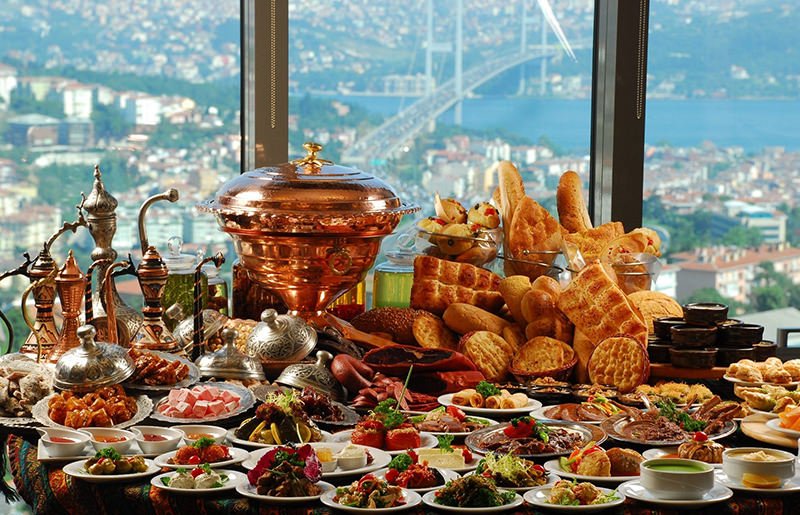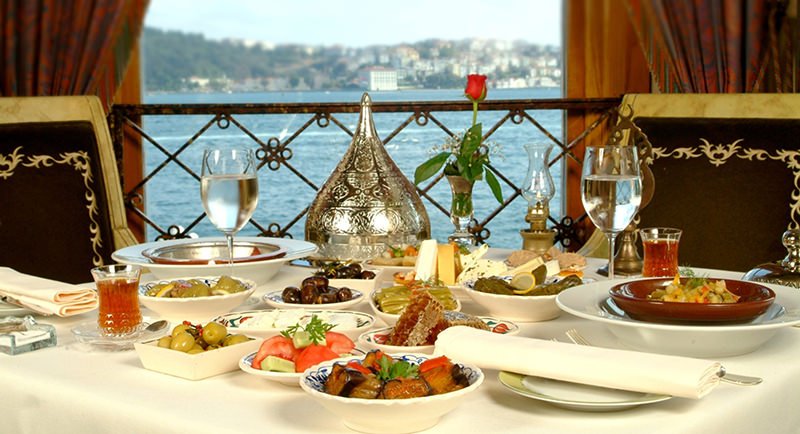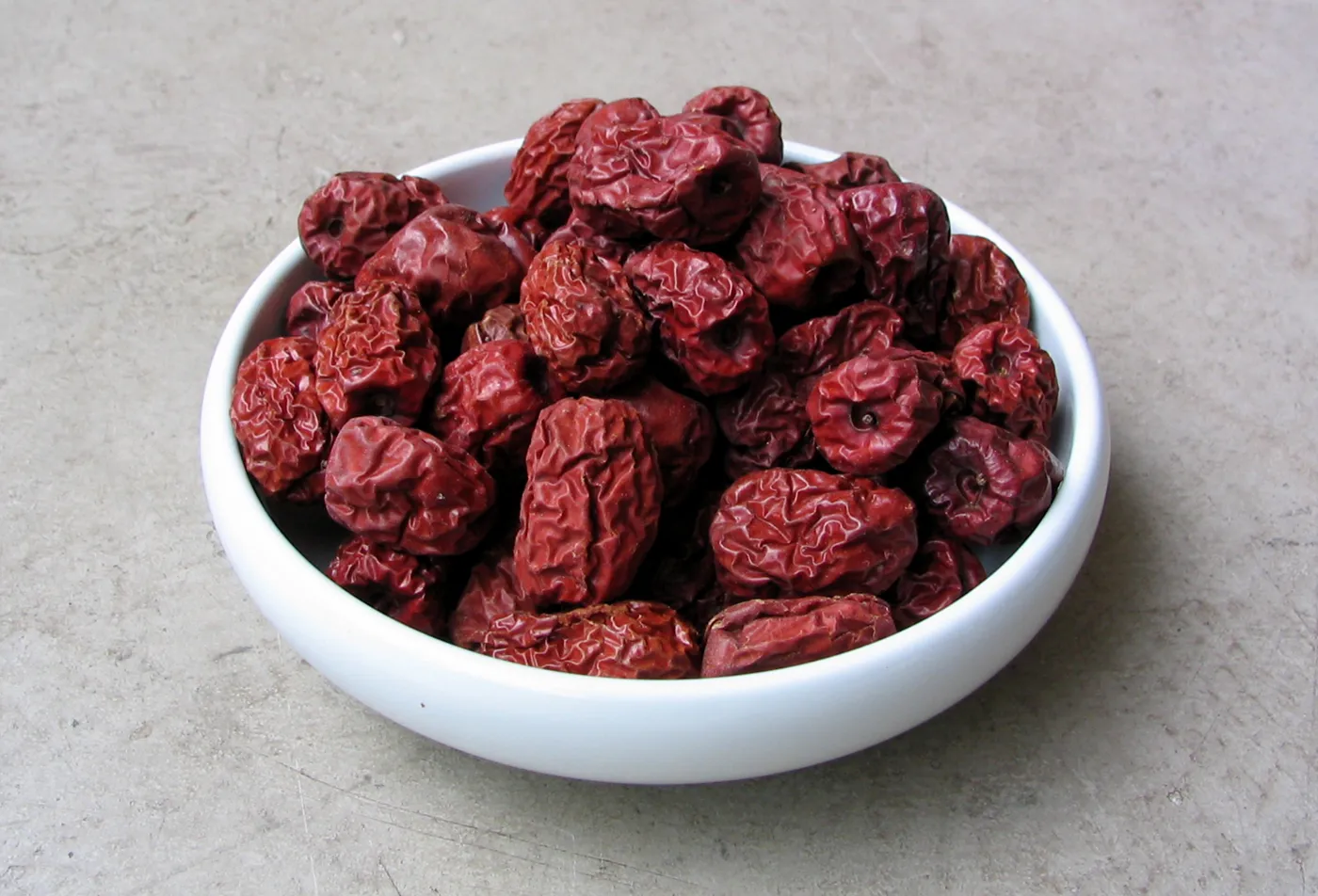Introduction
Turkish cuisine is more than just a collection of dishes; it’s a tapestry woven from centuries of cultural exchange, historical events, and communal traditions. For food enthusiasts, culinary travelers, and lovers of Turkish cuisine, understanding the concept of çeciir offers a deep insight into what makes this culinary tradition so unique. Çeciir encapsulates not just the food, but the communal spirit, cultural practices, and historical influences that make Turkish dining a rich and vibrant experience.
In this blog post, we’ll explore the term çeciir in depth. We’ll trace its historical roots, showcase iconic dishes, and highlight the cultural significance that makes Turkish cuisine stand out. By the end of this article, you’ll have a newfound appreciation for the communal and cultural aspects that define Turkish dining. Whether you’re planning a culinary trip to Turkey or looking to recreate some of its magic at home, this guide will provide you with valuable insights and practical tips.
The Historical Roots of Çeciir
The concept of çeciir has deep historical roots that can be traced back to the various empires and cultures that have influenced Turkey over the centuries. From the Byzantine Empire to the Ottoman Empire, each era brought its unique flavors and culinary practices to the region. These influences have melded together to create the rich tapestry that is Turkish cuisine today. Çeciir, in many ways, represents this blend of cultural influences, capturing the essence of Turkish culinary heritage.
The term çeciir is not just about the food itself but also about the way food is shared and enjoyed. In traditional Turkish culture, meals are a communal activity, often shared among family and friends. This communal aspect is a key component of çeciir, emphasizing the importance of togetherness and social interaction in Turkish dining. It’s a practice that has been passed down through generations, enriching the dining experience with a sense of community and belonging.
One of the most fascinating aspects of çeciir is how it incorporates elements from various regions and cultures. Whether it’s the spices from the Silk Road or the cooking techniques from the Mediterranean, çeciir is a true reflection of Turkey’s diverse cultural heritage. This blend of influences makes Turkish cuisine incredibly versatile, allowing for a wide range of flavors and dishes that cater to different tastes and preferences.
Iconic Dishes That Define Çeciir
Turkish cuisine boasts a plethora of iconic dishes that are integral to the concept of çeciir. One such dish is kebab, which comes in various forms and flavors. Whether it’s the succulent lamb kebabs of the southeastern region or the marinated chicken kebabs from the west, each variation offers a unique taste experience. Kebab is often enjoyed in a communal setting, making it a perfect example of çeciir in action. The communal enjoyment of kebab brings people together, fostering a sense of unity and togetherness that is central to Turkish dining.
Another iconic dish that embodies çeciir is meze, a selection of small dishes served as appetizers. Meze includes a variety of items such as hummus, baba ghanoush, and stuffed grape leaves. These dishes are typically shared among the table, allowing everyone to sample a bit of everything. The sharing of meze not only enhances the dining experience but also highlights the communal aspect of çeciir, where food becomes a medium for social interaction and bonding.
Baklava is another quintessential Turkish dish that captures the essence of çeciir. This sweet pastry, made of layers of filo filled with nuts and sweetened with syrup, is a staple in Turkish celebrations and gatherings. Baklava is often prepared in large quantities and shared among guests, making it a symbol of generosity and hospitality. The act of sharing baklava with loved ones embodies the spirit of çeciir, emphasizing the importance of community and togetherness in Turkish culture.
The Role of Spice in Çeciir
Spices play a crucial role in Turkish cuisine and are an essential element of çeciir. The use of spices such as cumin, coriander, and sumac adds depth and complexity to Turkish dishes. These spices not only enhance the flavor but also reflect the diverse cultural influences that have shaped Turkish cuisine over the centuries. Spices are often used in combination, creating unique flavor profiles that are characteristic of Turkish dishes.
One of the most commonly used spices in Turkish cuisine is cumin. Cumin is often added to meat dishes, stews, and soups, imparting a warm and earthy flavor. It’s a spice that has been used in Turkey for centuries, making it an integral part of çeciir. The use of cumin in various dishes highlights the rich culinary heritage of Turkey, showcasing the blend of flavors that define çeciir.
Sumac is another spice that is widely used in Turkish cuisine. It has a tangy and slightly sour flavor, making it a popular choice for salads and marinades. Sumac is often sprinkled on top of dishes to add a burst of flavor and color. The use of sumac in Turkish cuisine is a testament to the diversity of flavors that characterize çeciir, reflecting the influence of different cultures and regions.
The Communal Aspect of Turkish Dining
One of the defining features of çeciir is the communal aspect of Turkish dining. Meals in Turkey are often enjoyed in the company of family and friends, with everyone sharing the food laid out on the table. This communal dining experience fosters a sense of togetherness and connection, making meals more than just a time to eat but also a time to bond and socialize. The act of sharing food is deeply ingrained in Turkish culture, emphasizing the importance of community in çeciir.
In Turkish households, meals are typically served family-style, with large platters of food placed in the center of the table. Everyone helps themselves to the different dishes, creating a dynamic and interactive dining experience. This style of dining encourages conversation and interaction, making it a key component of çeciir. The communal enjoyment of food strengthens the bonds between family members and friends, enriching the overall dining experience.
Restaurants in Turkey also reflect the communal aspect of Turkish dining. It’s not uncommon to see large groups of people dining together, sharing a variety of dishes. This communal approach to dining is a testament to the importance of social interaction in Turkish culture. Whether it’s a casual meal at a local eatery or a lavish feast at a fine dining restaurant, the communal spirit of çeciir is always present, enhancing the dining experience with a sense of camaraderie and connection.

The Influence of Seasonal Ingredients
Seasonal ingredients play a significant role in Turkish cuisine and are an important aspect of çeciir. The use of fresh, locally sourced ingredients ensures that dishes are not only flavorful but also in harmony with the natural cycles of the environment. This emphasis on seasonal ingredients reflects the deep connection between Turkish cuisine and the land, highlighting the importance of sustainability and tradition in çeciir.
In Turkey, the availability of seasonal ingredients varies throughout the year, influencing the types of dishes that are prepared. For example, spring is a time for fresh herbs and greens, while summer brings an abundance of fruits and vegetables. The use of seasonal ingredients adds a dynamic element to Turkish cuisine, allowing for a diverse range of flavors and dishes that change with the seasons.
The emphasis on seasonal ingredients also enhances the nutritional value of Turkish dishes. Fresh, locally sourced ingredients are often more nutritious than their out-of-season counterparts, making them a healthier choice. This focus on health and sustainability is a key component of çeciir, reflecting the holistic approach to food that characterizes Turkish cuisine. By prioritizing seasonal ingredients, Turkish cuisine not only celebrates the flavors of each season but also promotes a balanced and sustainable way of eating.
The Art of Turkish Tea and Coffee
No discussion of çeciir would be complete without mentioning the central role of Turkish tea and coffee in the dining experience. Tea and coffee are not just beverages in Turkey; they are an integral part of the culture and a symbol of hospitality. The preparation and enjoyment of these drinks are steeped in tradition, reflecting the communal and cultural aspects of çeciir.
Turkish tea, or çay, is a staple in Turkish households and is often enjoyed throughout the day. The tea is brewed using a special two-tiered teapot called a çaydanlık, which allows for a strong and flavorful brew. Drinking tea is a social activity in Turkey, often accompanied by conversations and gatherings. The act of sharing tea with guests is a sign of hospitality and friendship, making it a key component of çeciir.
Turkish coffee, on the other hand, is known for its rich and intense flavor. The coffee is finely ground and brewed in a special pot called a cezve, resulting in a strong and aromatic drink. Turkish coffee is often enjoyed after meals, accompanied by a piece of Turkish delight. The preparation and serving of Turkish coffee are ceremonial, reflecting the importance of tradition and ritual in Turkish culture. The communal enjoyment of coffee adds a layer of depth to the dining experience, embodying the essence of çeciir.

The Cultural Significance of Çeciir
Çeciir is more than just a culinary concept; it’s a reflection of the cultural values and traditions that define Turkish society. The communal aspect of Turkish dining, the emphasis on seasonal ingredients, and the ceremonial preparation of tea and coffee all highlight the importance of togetherness, sustainability, and tradition in Turkish culture. Çeciir captures the essence of these values, making it a unique and defining feature of Turkish cuisine.
One of the most significant aspects of çeciir is its ability to bring people together. Whether it’s a family gathering, a celebration with friends, or a casual meal at a local eatery, the communal enjoyment of food fosters a sense of connection and belonging. This emphasis on togetherness is a key component of Turkish culture, reflecting the importance of community and social interaction in everyday life.
The cultural significance of çeciir is also evident in the way food is prepared and enjoyed. The use of traditional cooking methods, the emphasis on fresh and seasonal ingredients, and the ceremonial preparation of tea and coffee all highlight the deep-rooted connections between food, culture, and tradition. Çeciir embodies these connections, making Turkish cuisine a rich and vibrant tapestry of flavors, traditions, and cultural practices.
The Role of Festivals and Celebrations
Festivals and celebrations play a significant role in Turkish culture and are an important aspect of çeciir. These events are often centered around food, with families and communities coming together to share meals and celebrate. Festivals and celebrations provide an opportunity to showcase traditional dishes, highlighting the rich culinary heritage of Turkey. The communal aspect of these events reflects the essence of çeciir, emphasizing the importance of togetherness and social interaction.
One of the most significant festivals in Turkey is Ramadan, a month-long period of fasting and reflection. During Ramadan, families gather for iftar, the evening meal that breaks the fast. Iftar is a time for communal dining, with families and friends coming together to share a meal. The preparation and sharing of food during Ramadan highlight the importance of generosity and hospitality, key components of çeciir.
Another important celebration in Turkey is Bayram, a holiday that marks the end of Ramadan. Bayram is a time for feasting and celebration, with families preparing and sharing a variety of traditional dishes. The communal aspect of Bayram reflects the essence of çeciir, emphasizing the importance of togetherness and social interaction. Festivals and celebrations like Ramadan and Bayram provide a glimpse into the rich culinary traditions of Turkey, showcasing the cultural significance of çeciir.
The Future of Çeciir
As Turkish cuisine continues to evolve, the concept of çeciir remains a defining feature. The emphasis on communal dining, the use of fresh and seasonal ingredients, and the deep-rooted connections between food and culture are all integral aspects of çeciir that will continue to shape Turkish cuisine in the future. While modern influences may introduce new flavors and techniques, the essence of çeciir will remain, ensuring that Turkish cuisine retains its unique character and cultural significance.
One of the most exciting developments in Turkish cuisine is the growing interest in sustainable and organic farming practices. Many chefs and food producers are prioritizing locally sourced and organic ingredients, reflecting the importance of sustainability in Turkish culture. This focus on sustainability is a key component of çeciir, highlighting the connection between food, the environment, and tradition. By prioritizing sustainable practices, Turkish cuisine is not only preserving its rich culinary heritage but also promoting a healthier and more balanced way of eating.
The future of çeciir also lies in the growing interest in Turkish cuisine worldwide. With more people exploring and appreciating the flavors and traditions of Turkish dining, the concept of çeciir is gaining recognition on a global scale. This increased interest is not only showcasing the rich culinary heritage of Turkey but also fostering a greater understanding and appreciation of the cultural significance of çeciir. As Turkish cuisine continues to captivate food enthusiasts and culinary travelers, the essence of çeciir will remain a defining feature, ensuring that the rich traditions and communal spirit of Turkish dining are preserved for generations to come.
Conclusion
The concept of çeciir captures the essence of Turkish cuisine, highlighting the communal spirit, cultural practices, and deep-rooted connections that define Turkish dining. From the historical roots of çeciir to the iconic dishes and seasonal ingredients that characterize Turkish cuisine, this term encompasses the rich tapestry of flavors, traditions, and cultural influences that make Turkish dining a unique and vibrant experience. By understanding and appreciating the concept of çeciir, food enthusiasts, culinary travelers, and lovers of Turkish cuisine can gain a deeper insight into the rich culinary heritage of Turkey.
If you’re inspired to explore the flavors and traditions of Turkish cuisine, consider booking a call with one of our expert chefs. Our team of culinary professionals can help you refine your cooking skills, choose the best ingredients, and recreate the magic of çeciir in your own kitchen. Whether you’re planning a culinary trip to Turkey or looking to enhance your home cooking, our experts are here to guide you every step of the way. Explore the rich culinary heritage of Turkey and experience the essence of çeciir for yourself.












